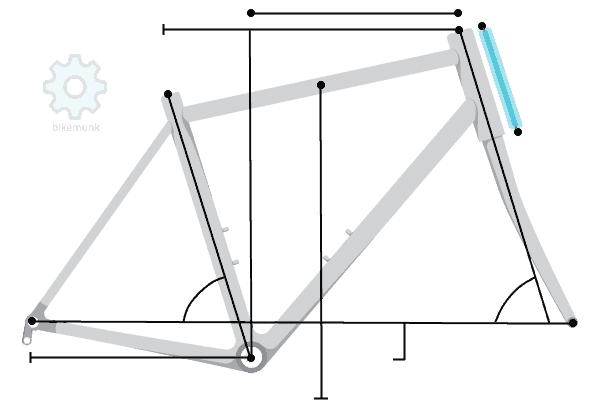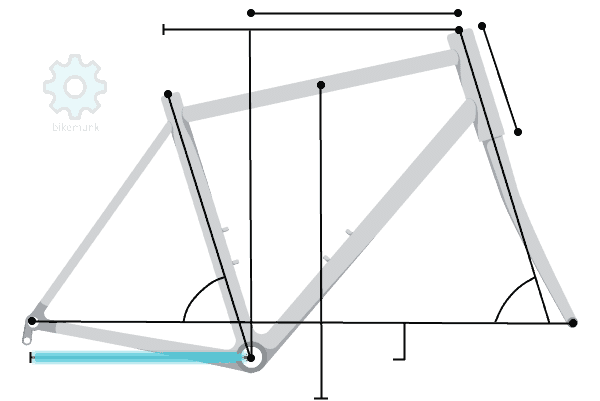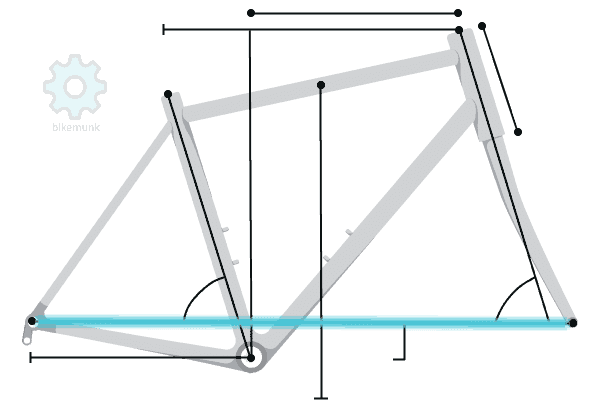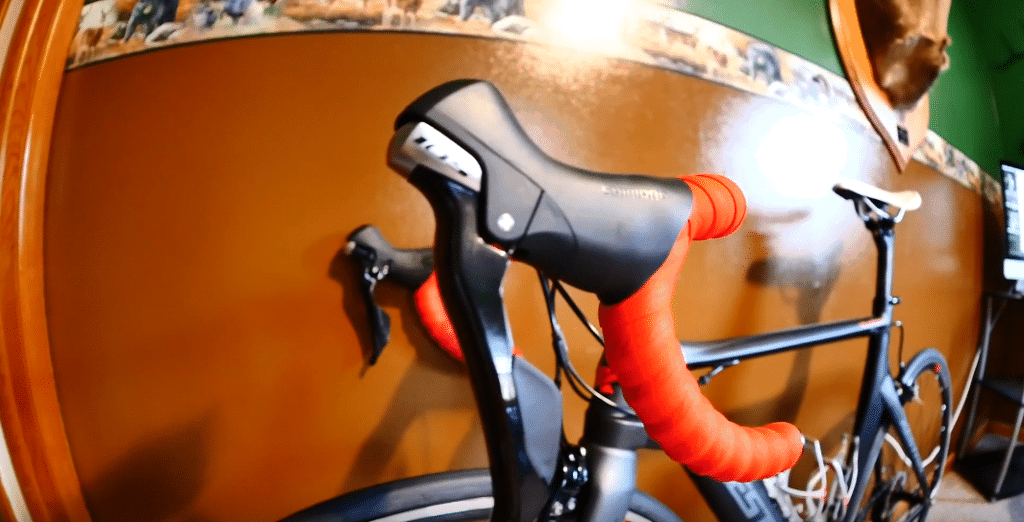The Kestrel Talon X caters to the serious rider who wants good quality for racing or triathlon competition. This series features three models named based on the manufacturer and model of the majority of their groupset. We'll compare the Talon X Shimano Ultegra with other Kestrel bikes and models from other lines.
What is the Kestrel Talon Designed to Do?
The Kestrel Talon road bike seeks to bridge the gap between competition with a more affordable ride for road training. The price tag of a high-performance triathlon bike is easily north of the $5,000 mark, making the Talon X a smart choice for training at a more reasonable cost. In addition, the design and components of this great bike are top-notch to provide an excellent workout companion.
Who is the Kestrel Talon Good For?
The steed is marketed to athletes who need a great bike for racing with the latest technology to give them a competitive edge. It's evident in the choice of materials and components and tweaks in the geometry geared toward delivering high performance and steering precision. But the ride will also suit the cyclist who wants an aerodynamic road bike with all the bells and whistles.
- Groupset
The Kestrel Talon X is a carbon bike that uses a Kestrel Super Light (KSL) 800K high-modulus carbon fiber frame with a PF30 BB frame and a KSL Carbon, 1 1/8" - 1 1/2" tapered carbon steerer fork.
It uses its inner polyurethane molds judiciously to conserve weight while maintaining stiffness for superior performance. However, it weighs 18.50 pounds, which is still a tad heavy for a model billed as an aero bike.
Pros
Cons
Expert Quotes
"The 800K carbon is 30 percent more stiff [sic] and allows Kestrel to use 20 percent less material in the production of the frame." - Smart Bike Review
"It's a real pleasure to ride it. The comfort, the looks, the quality; it has it all! A true superstar!" - Smart Outdoor Zone
How Does Kestrel Talon Compare to Other Bikes from Kestrel?
Kestrel took the world by storm with the launch of Talon in 2007, the first aero model ever made. Since that time, the design continues to evolve, which we can see with the fine-tuning in its line. Let's see where the Talon X Shimano Ultegra fits into the mix compared to the Kestrel Legend SL SRAM Red, RT-1100 Shimano Ultegra, RT-1100 Shimano Dura-Ace, and the Legend SL Shimano Dura-Ace.
Stack Height

When we consider stack and reach separately, we find some subtle differences in what each model emphasizes in its geometry compared to the Talon X. The Legend SL SRAM leans toward a more aerodynamic profile and more aggressive geometry typical of a racing bike. The Talon X Shimano 105 and Talon X Shimano Ultegra don't lag far behind at 548mm.
Reach Length

The reach lengths of all the bikes hover close together to put the focus on speed and stability. The Talon X Shimano 105 and Talon X Shimano Ultegra push the envelope a little further at 395mm to give it a greater emphasis than we'd expect with a bike meant for training for competition.
Head Tube Length

The head tube angle of all these types of bikes is between 73 and 74 degrees, giving all of them an edge in steering ability. The head tube length speaks to the ride's aerodynamics, where we can see that the Talon X Shimano 105 and Talon X Shimano Ultegra put a premium on geometry for a faster, more stable experience. The RT-1000 Shimano Ultegra is a sharp departure because of its focus on endurance with more upright comfort.
Component Differences
Bikes in the same series share common measurements sometimes across the board, making scrutiny of the components essential. All share the same frame and fork except the RT-1100 Shimano Ultegra and RT-1100 Shimano Dura-Ace, which includes an FM Disc. One of the biggest impacts of the differences lies with weight, where the Talon X Shimano Ultegra comes in at the heaviest at 18.5 pounds and the Legend SL SRAM Red ETAP, 13.70 pounds.
These figures speak to the superior quality of the SRAM RED 22, 52/36T crankset, and the weight advantage that the Shimano Dura-Ace components bring to the table.
How Does Kestrel Talon Compare to Similar Bikes on the Market?
All of our picks emphasize speed and durability, as does the Talon X Shimano Ultegra. Moreover, they all appeal to the serious competitor, which the Kestrel bicycle does too, albeit to a specific cyclist class. Here, we'll compare the Talon to the Giant TCR Advanced, Cannondale Slate Apex 1, Diamondback Podium Vitesse, Trek Émonda ALR 6, and the Specialized Roubaix Sport.
Chainstay Length

The measurements are all that we'd expect in a road bike designed to provide an active, nimble ride. The Talon X Shimano Ultegra comes in the middle at 410mm. That gives these rides excellent maneuverability for taking corners while delivering immediate power transfer to the rear wheel. The Giant TCR Advanced 1 Disc has a slight advantage with a shorter length.
Wheelbase

The wheelbase lengths are just what we'd want in a steed outfitted for racing with the promise of a lively ride. The outlier is the Slate Apex 1, which approaches a form closer to a cyclocross bike. The Talon X follows the road bike expectations with a measurement of 989mm, which puts it closer to the geometry of Kestrel's 5000 SL series, geared toward competitive triathletes.
Head Tube Length

The Specialized Roubaix Sport and the Kestrel Talon X have the shortest head tube length at 12.5 cm and 14.2cm. That increases the aerodynamics of these bikes by giving the rider a lower profile. The higher lengths in the other models reflect the desire to incorporate comfort into the experience with the risk of greater wind resistance and loss of speed.
(See also the Specialized Sirrus, another sporty model offered by Specialized.)
Stack/Reach
The Talon X has nearly the shortest reach and highest stack among the group at 548mm and 395mm. That means a compromise between comfort and speed, which is evident with all the bikes. However, this tradeoff is greatest in the Roubaix Sport, with both the highest stack height and greatest reach.
Component Differences
The Slate Apex 1, Podium Vitesse, Roubaix Sport, and the Talon X all have a carbon fiber frame which gives them the edge for raw performance and superior vibration dampening for a smoother ride. In addition, the TCR Advanced 1 and the Slate Apex 1 both have hydraulic disc brakes, whereas the Roubaix Sport has mechanical ones for better stopping power at the cost of weight and a more complicated set-up.

